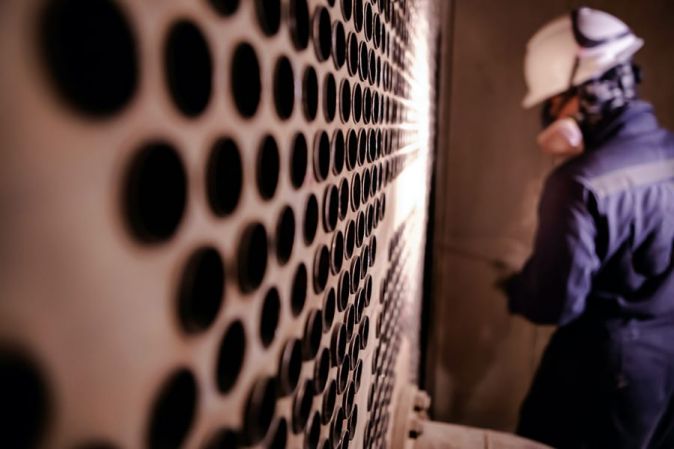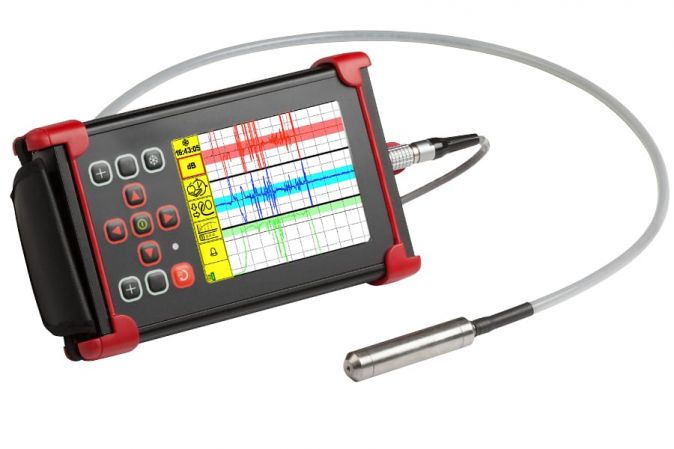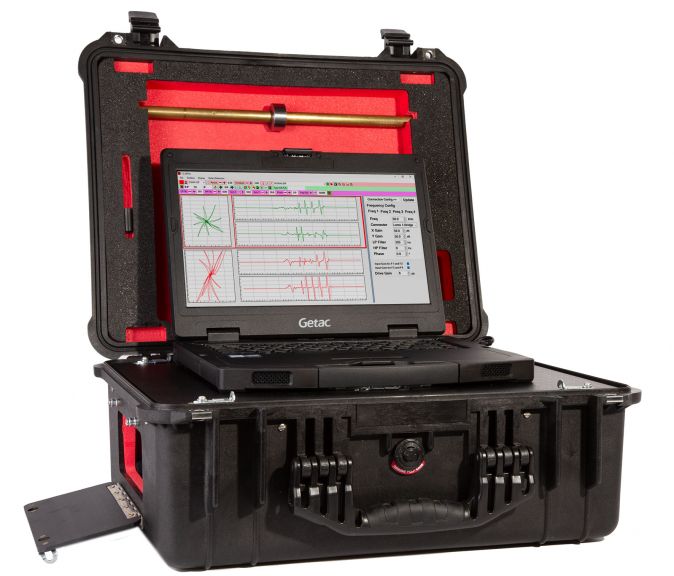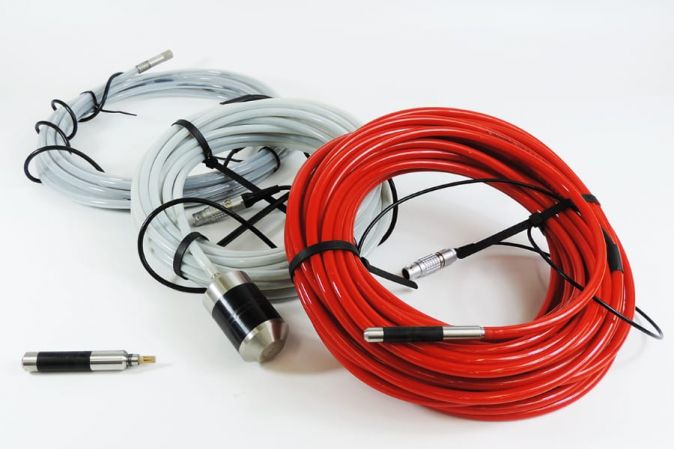Applications
Tube Inspection

Tubes may be inspected using Eddy Current (ECT), non-destructive testing (NDT) from the outer diameter (OD), usually at the time of manufacture and from the inner diameter (ID), usually for in-service inspection, particularly for heat exchanger inspection.
Internal Diameter (ID) heat Exchanger Tube Testing
Heat exchangers used for petrochemical or power generation applications may have many thousands of tubes, each up to 20 m long. Using a differential Internal Diameter (ID or 'bobbin') probe, these tubes can be tested at high speed (up to 1 m/s with computerised data analysis) and by using phase analysis, defects such as pitting can be assessed to an accuracy of about 5% of tube wall thickness. This allows accurate estimation of the remaining life of the tube, allowing operators to decide on appropriate action such as tube plugging, tube replacement, or replacement of the complete heat exchanger.
The operating frequency is determined by the tube material and wall thickness, ranging from a few kHz for thick-walled copper tube, up to around 600 kHz for thin-walled titanium. Tubes up to around 50 mm diameter are commonly inspected with this technique. Inspection of ferrous or magnetic stainless steel tubes is not possible using standard eddy current inspection equipment.
Dual or multiple frequency inspections are commonly used for tubing inspection, in particular for suppression of unwanted responses due to tube support plates. By subtracting the result of a lower frequency test (which gives a proportionately greater response from the support) a mixed signal is produced showing little or no support plate indication, thus allowing the assessment of small defects in this area. Further frequencies may be mixed to reduce noise from the internal surface.
Related Industries:
Application Notes:
AP003 - Dual Frequency Non-Ferrous Tube Inspection (766.5KB)


